Danny Litwhiler Photo Gallery
Click on any image below to see photos in full size and to start Photo Gallery:
Our Tribute to One of Baseball’s Great Innovators: Danny Litwhiler!
As we’ve said numerous times, we always enjoy it when we’re contacted by relatives of former ballplayers. It doesn’t matter if the player was a Hall-of-Famer or a player of lesser accomplishments. To us, anyone who makes it to the major leagues is special. Whenever we examine the career of a former ballplayer, we always find something of interest; and today’s featured player is certainly no exception
I was recently contacted by Danny Litwhiler, Jr. and Dale Hopkins, the son and nephew of former ballplayer Danny Litwhiler. They were both happy to share information about their family relation who played in the major leagues from 1940-’51. It’s no exaggeration to say that Danny Litwhiler possessed one of the most innovative minds of anyone who ever donned a major league uniform.
In the great action photo below, we see the Phillies’ Danny Litwhiler sliding safely into Cardinal catcher Walker Cooper. The umpire is HOFer Jocko Conlon. Both players were knocked unconscious on the ensuing collision. This hard slide caught the attention of Cardinal manager Billy Southworth and resulted in Danny being traded from the last-place Phillies to the first-place Cardinals – and two World Series appearances for Litwhiler!
Danny Litwhiler had a fine 11-year major league career, playing for the Phillies (1940-’43), Cardinals (1943-’46), Braves (1946-48), and Reds (1948-’51) with time missed due to military service in World War II. Over his career, he hit .281, with 107 home runs, and 451 RBIs. He was an All-Star in 1942 and became the first player in major league history to play every game for an entire season without making an error. He played in his first World Series with the 1943 Cardinals under his favorite manager, Billy Southworth. Danny also played a key role in the 1944 World Series, manning left field in five of the six games, with four hits, one RBI, and one run.
Danny’s contributions “outside the white lines” are equally impressive, and some permanently changed the way the game is played. Take for instance the standard baseball mitt. As students of baseball history, we often look at early, prototype mitts and wonder how players were able to catch anything with these “patted pillows.” A hard hit ball would often sail right through these archaic gloves, as the individual fingers were separate and unbound. This changed in the 1940s thanks to Danny Litwhiler. He was the first to come up with the simple yet very practical idea of lacing the fingers together with rawhide straps. The idea caught on, and, almost overnight, baseball changed. It’s not a reach to say that Danny’s idea helped the game evolve into the modern era. His original laced glove is on display in the Baseball Hall of Fame.
That innovation alone was a major contribution, but it’s only a small glimpse into the fertile mind of Danny Litwhiler. He introduced the speed gun (later known as the JUGS gun) to baseball, which effectively modernized the assessment of pitchers. His original prototype is also on display in the Hall of Fame. The JUGS gun concept evolved during a visit to the Air Force Academy, where his son, Danny, Jr. was a member of the math department faculty. During the visit a “light bulb” went off in Danny’s brain:
“We were driving around the base and I warned him about the Security Police having this new portable radar gun and they would hide behind trees to catch speeders. My father went back to Michigan State where he was coaching at the time and got the local police to bring their radar gun to the field. With a few modifications, it worked great. At spring training Earl Weaver immediately used it to work with Jim Palmer. Now it’s everywhere.”
And that’s not all. Along with a chemist neighbor, Danny developed “Diamond Grit,” from calcined clay, a material originally used to clean up oil spills. “Diamond Drit” is used routinely to this day to remove puddles from baseball fields, saving millions of dollars over the years by preventing rain-outs.
According to Danny, Jr, his father came up with two to three ideas every year for decades, mostly during his college coaching career, with over 100 baseball innovations to his credit. The long list includes: weighed baseballs used to strengthen a pitcher’s arm; a bunting bat trainer with only a bottom half to encourage proper bunting technique; a tube for picking up baseballs on the ground during batting practice (commonly called the Lit-picker); a batting glove with a Velcro strap to hold the fingers on the bat; an expanded batting cage for use by multiple batters and pitchers; a weighted catcher’s mitt for improving arm strength; an unbreakable mirror to allow a pitcher observe his pitching motion; and a specialized glove to help infielders deal with booted grounders and develop “soft hands.”
Litwhiler was on the field Opening Day,1947 with the Braves when Jackie Robinson broke the color barrier. The following year, while with the Reds, Commissioner Ford Frick asked the college-educated Litwhiler to have his picture taken with Jackie prior to his next visit. Frick was hoping the photo would head off any possible racial issues. It ran successfully in the next day’s papers. Danny was justifiably proud of the role he played in helping Jackie Robinson’s transition into the major leagues and the two became friends. In later life, they would often laugh about the picture (see the photo in the gallery).
Following his playing days, he became the varsity baseball coach at Florida State University (1955-1963), recommended for the position by Commissioner Frick. He led the team to three College World Series appearances. He then coached at Michigan State (1964-1982), and is the winningest coach in the school’s history. Among his former players are Woody Woodward, Ron Fraser, Dick Howser, Steve Garvey, and Kirk Gibson. He also had the opportunity to coach his son, Danny, Jr. for two years, converting him into a pitcher.
In 1999, Danny was recovering from heart bypass surgery when he received a touching note from one of his former MSU players, Kirk Gibson:
“Just wanted you to remember that talk you had with me when I was considering ‘giving up’ baseball. It’s the same in every aspect of life. Keep your chin up and push on!”
Litwhiler later served five years as president of the United States Baseball Federation (1977-’82), becoming instrumental in bringing baseball to the Olympics, before he returned to the Reds as a coach and consultant.
While with the Cardinals, Litwhiler also became best friends with Stan Musial. Danny was already a veteran when Stan joined the team; so Danny took him under his wing and often lent Stan his car when he went out with his wife Lil. This developed into a lifelong friendship. As World War II broke out, the two went to Alaska on a USO tour to visit the troops by the request of the Commissioner. Their sons, Danny Litwhiler, Jr. and Dickie Musial also became good friends. Danny, Jr. remarked that both his dad and Stan Musial were known “practical jokers,” and related many instances of the pranks they pulled on each other.
Danny Litwhiler, one of baseball’s great innovators and inventors, was named to the Pennsylvania Sports Hall of Fame and the American Association of College Baseball Coaches Hall of Fame. He was the recipient of the Lefty Gomez Award for distinguished service to college baseball. Danny Litwhiler passed away on September 23, 2011 in Clearwater, Florida at age 95.
-Gary Livacari
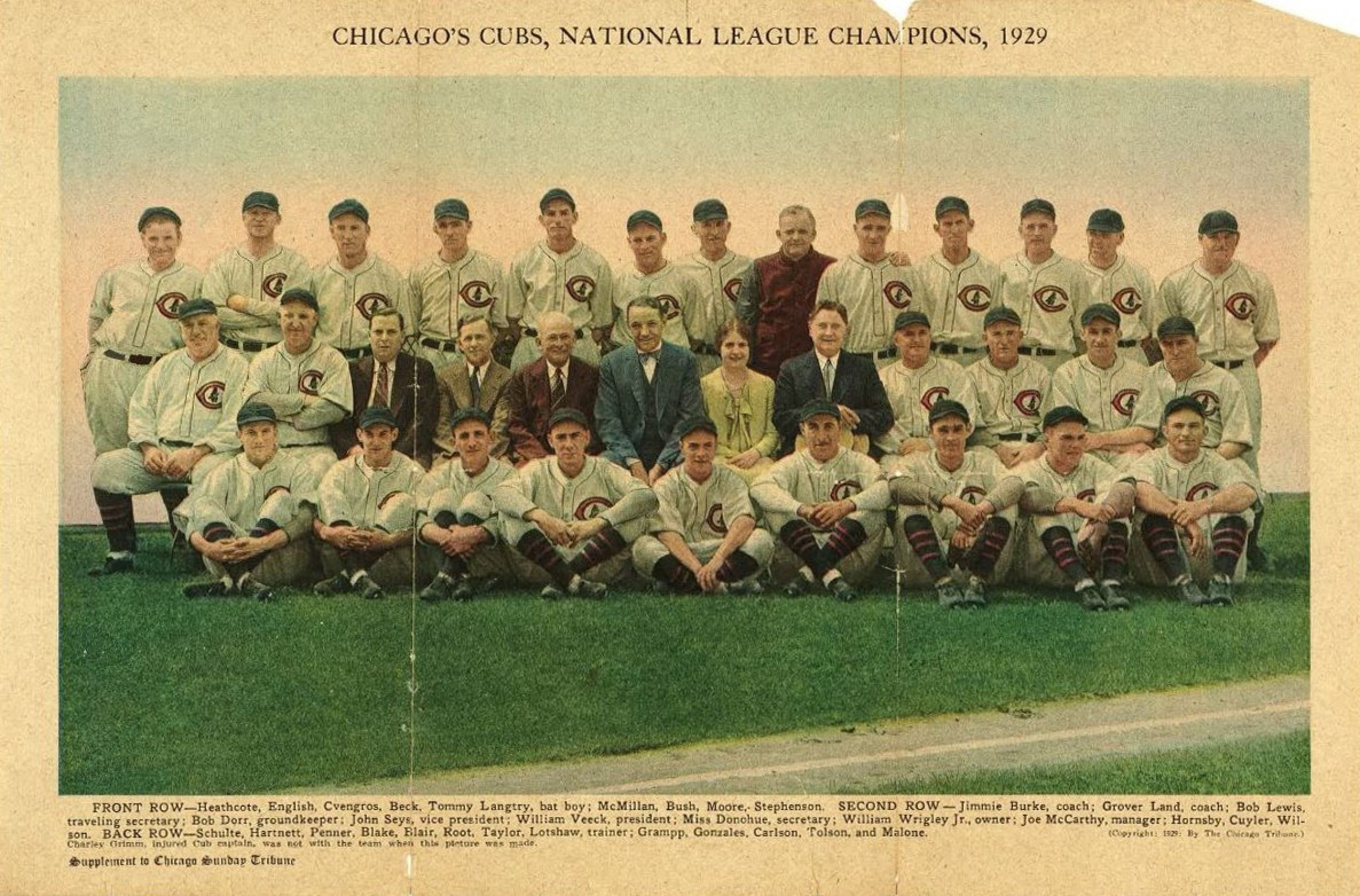
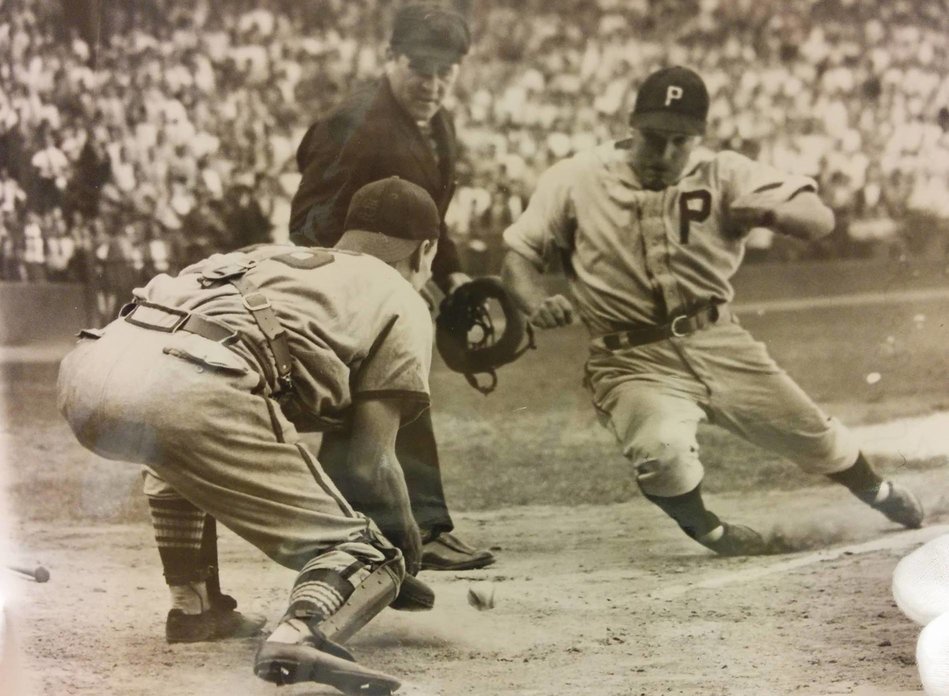
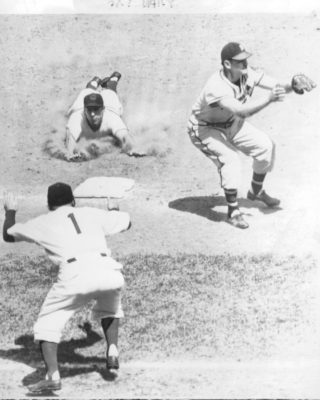
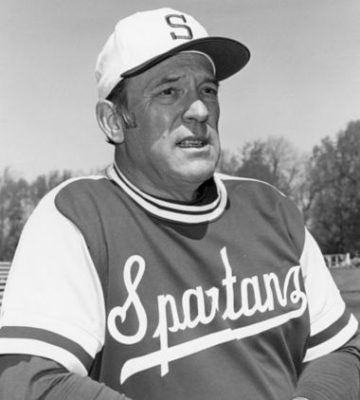
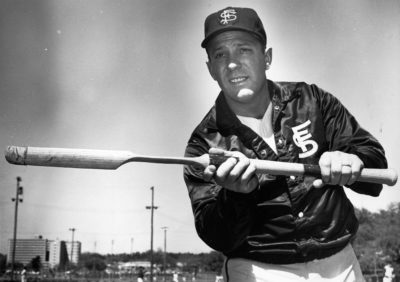
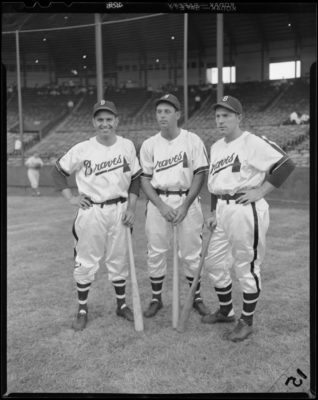
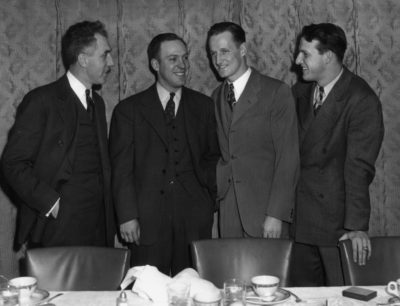
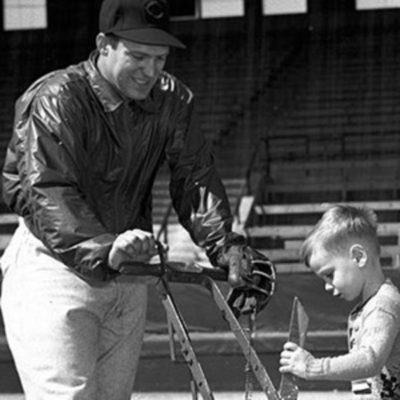
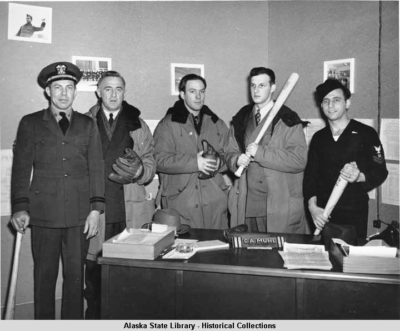
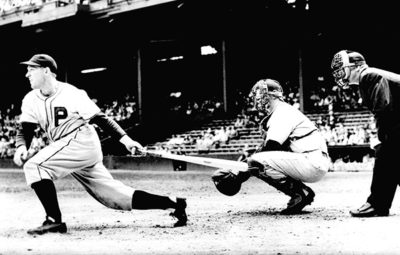
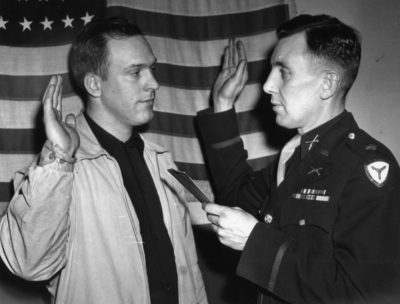
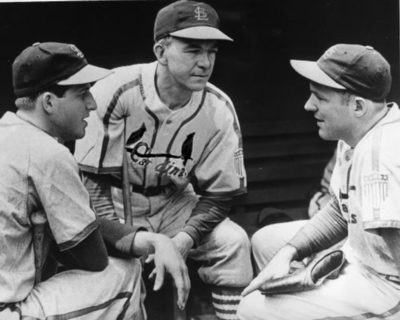
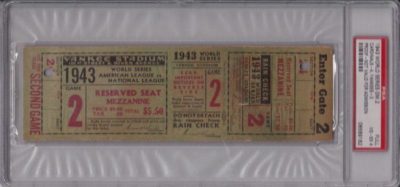
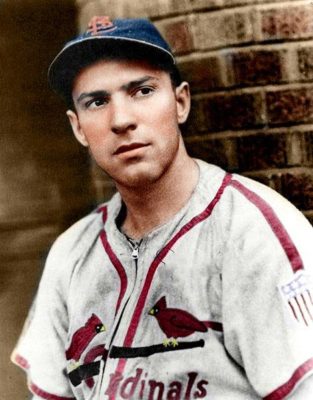
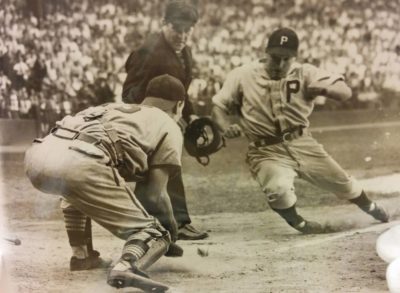
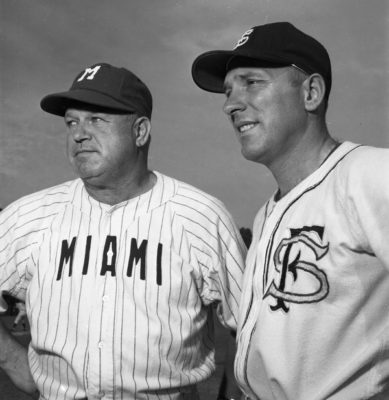
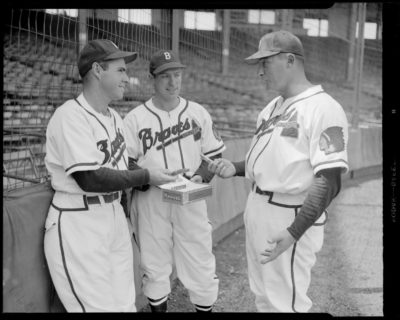
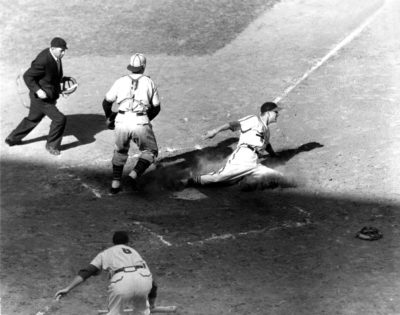
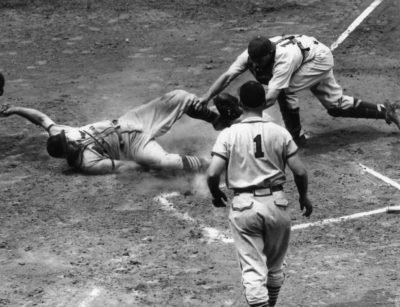
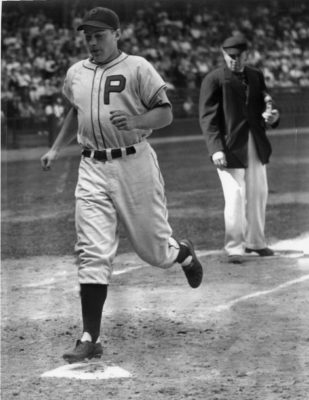
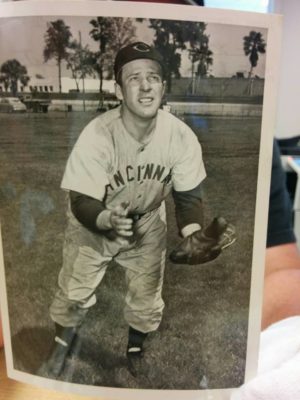
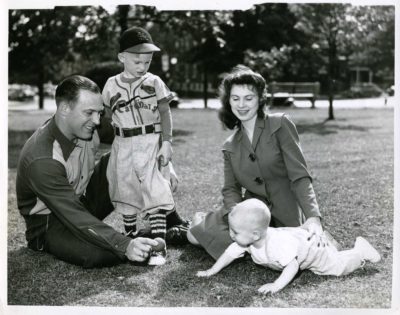
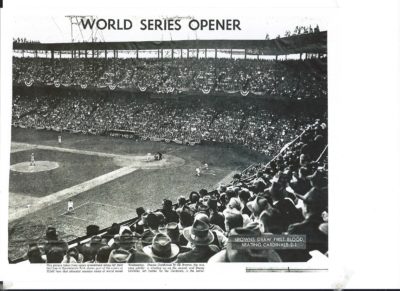
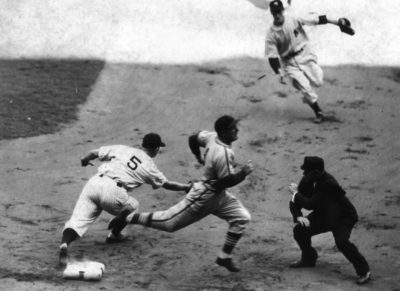
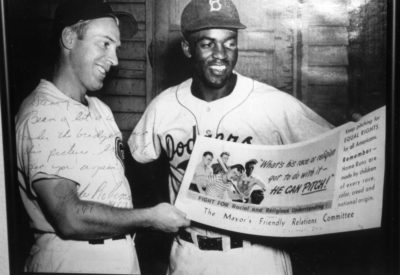

Gary, again you have come upon a very interesting subject. I very much enjoy your web page and I am glad I found it. Keep up the great work
Thanks Jackie!
WTH isn t this man in the HOF for all his contributions to the game?
That’s a good question…